Lawn Care
Spring Sprinkler System Check and Start Up Inspection
You’ve made it through the cold months with a winterized sprinkler system, but what do you do now as the weather warms up for Spring? JB Irrigation offers a complete Spring system check to ensure that your irrigation system is ready for service and that you are watering efficiently and not spending too much on…
Read MoreThe Anatomy of a Water-Smart Irrigation System
A water-smart irrigation system in a landscape functions much like the systems in a human body. That’s a useful analogy you can share to educate your clients about the value of smart irrigation. Let’s compare the following water-smart products to different organs, functions, and systems in our physical selves. Start with a smart controller, the…
Read MoreReady for Smart Irrigation Month?
It has now been a decade since JB Irrigation has been promoting the efficient use of irrigation through the “Smart Irrigation Month” campaign. The purpose of smart irrigation month is to “…increase awareness of the value of water use… and grow demand for water-saving products, practices and services”. Glass Repair Jonesboro AR JB Irrigation &…
Read More5 Essential Tips to Transition Your Lawn Care into Fall (and Optimize Your Sprinkler System)
As the days shorten and the air cools, it’s time to shift your lawn care routine to prepare for the fall and winter months. While summer’s heat fades, your lawn still needs attention to thrive. This is also a crucial time to focus on your sprinkler system to ensure it’s running efficiently and ready for…
Read More5 Must Haves For Smart Irrigation
1. Quality Soil It might seem odd, but looking at your soil is one of the best places you can start for smart irrigation. That’s because the more moisture the soil can hold, the less frequently watering is needed. AquaSmart Pro is a product that can actually increase the moisture-holding capacity of soil. Just a…
Read MorePreparing Your Yard For The Harsh Fall/Winter Months
Halloween is right around the corner and before we know it we’ll be deep into the winter season. The Houston areas has had several hard freezes over the last few winters, so it’s very important to plan for a sprinkler winterization service before that happens again. JB Irrigation provides a thorough sprinkler maintenance and winterization…
Read MoreHappy Holidays From JB Irrigation and Services
JB Irrigation and Services want to wish you and your family a happy holiday season. The holidays are a wonderful time to spend with your loved ones, without having to worry about things like your irrigation system. The winter brings unexpected freezes that can cause serious damage to your sprinkler system at any moment, so…
Read MoreHow much time do I run my sprinklers to water my lawn effectively?
Chances are your professional contractor programmed the controller when they were finished installing the system. They probably also gave you a schedule (or schedules) you could enter into the controller during different seasons of the year. If not, you should contact an irrigation professional in your area who can give you guidance as to the…
Read More